Author: Shivashish Banerjee
-

Guide to Selecting a Telescope for Science Classes
Find the right telescope for your science classes. This is a complete guide to the right telescope for your school. Browse the different models that are available and choose the one that suits you! What is a telescope? A telescope is an optical device used to observe objects at great distances, such as celestial bodies…
-
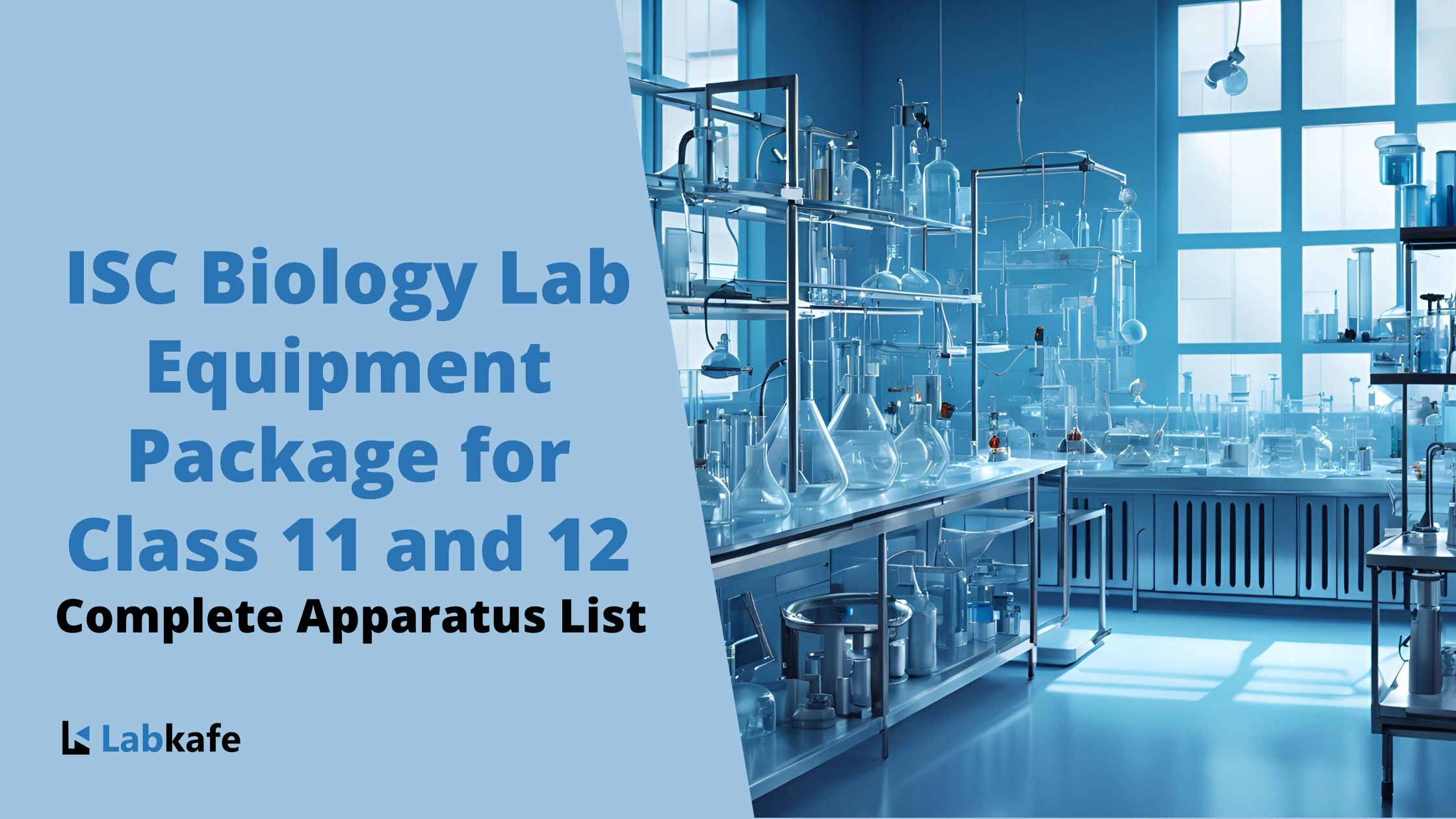
ISC Biology Lab Equipment Package for Class 11 and 12- Complete Apparatus List
The ISC Biology Lab Equipment Package strictly adheres to the ISC Biology practical syllabus 2024-25 and offers a wide range of experiments, enabling students of Classes 11 and 12 to gain in-depth, practical knowledge in botany, physiology, anatomy, taxonomy, microbiology, biochemistry, and ecological adaptations. This comprehensive exposure helps them explore their interests and decide whether…
-
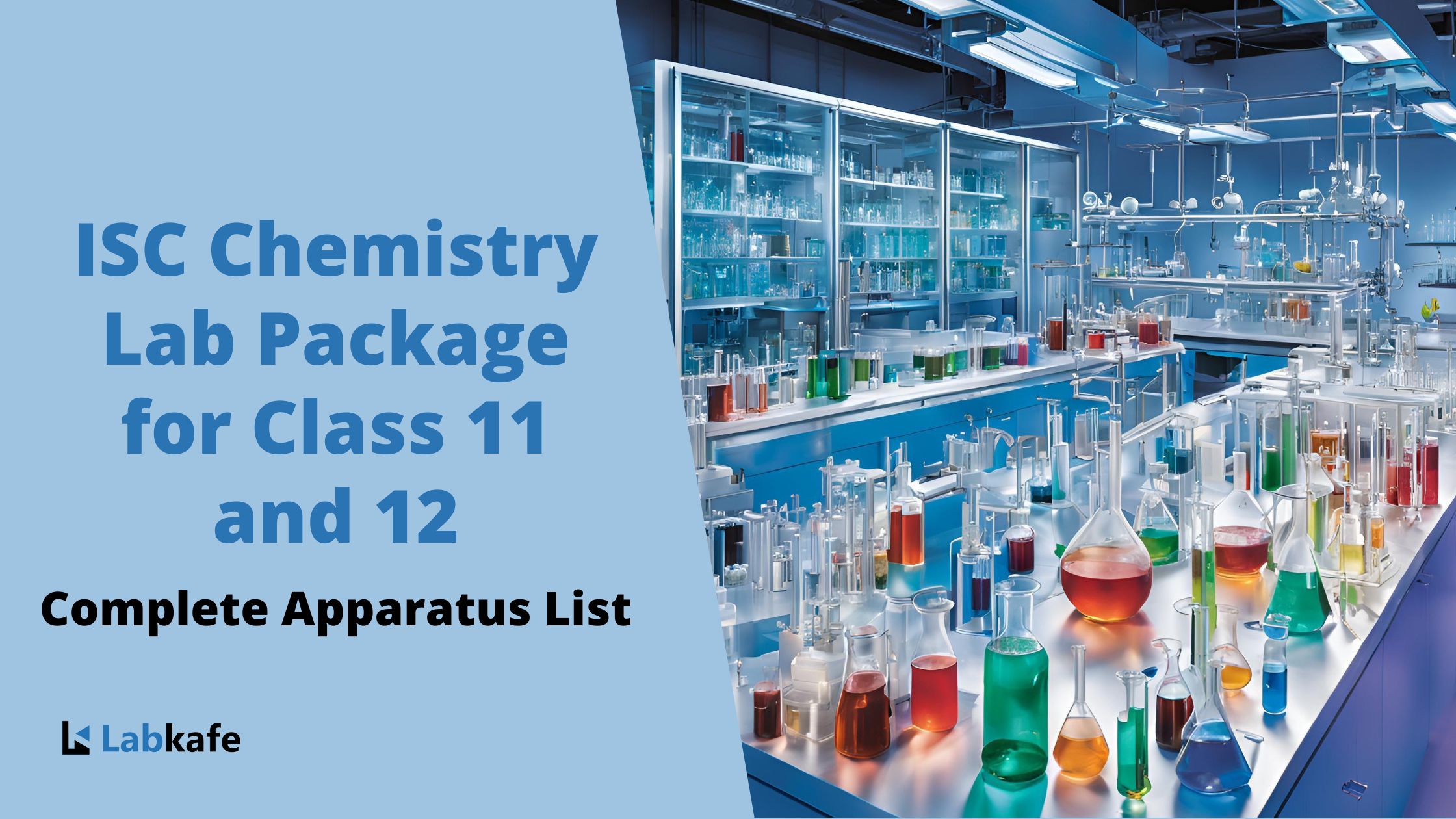
ISC Chemistry Lab Equipment Package for Class 11 and 12
The ISC Chemistry Lab Equipment Package by Labkafe provides everything needed to set up a complete ISC chemistry lab for classes 11 and 12. Schools can also customize the package by excluding items they already possess, ensuring cost-effectiveness. Designed for Safety and Compliance Chemistry lab apparatus must adhere to strict safety standards. Labkafe’s ISC Chemistry…
-
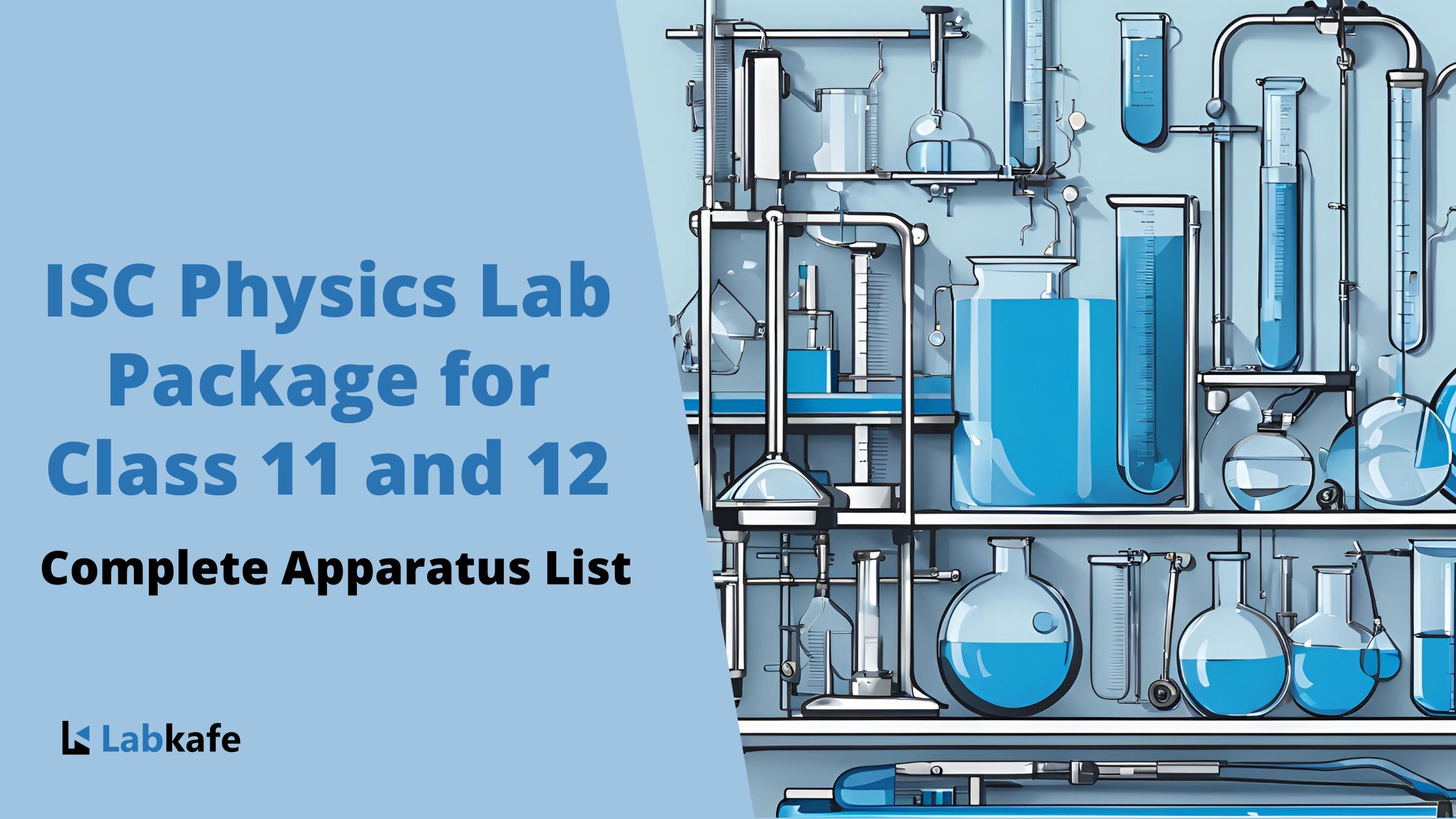
ISC Physics Lab Package for Class 11 and 12- Complete Apparatus List
What is the ISC Physics Lab Package? Comprehensive and Customizable Solution The ISC Physics Lab Package by Labkafe includes all the necessary equipment and apparatus, making it the perfect choice for setting up a brand-new ISC school physics lab. What’s more, the package is fully customizable, allowing you to obtain tailored quotations that suit your…
-
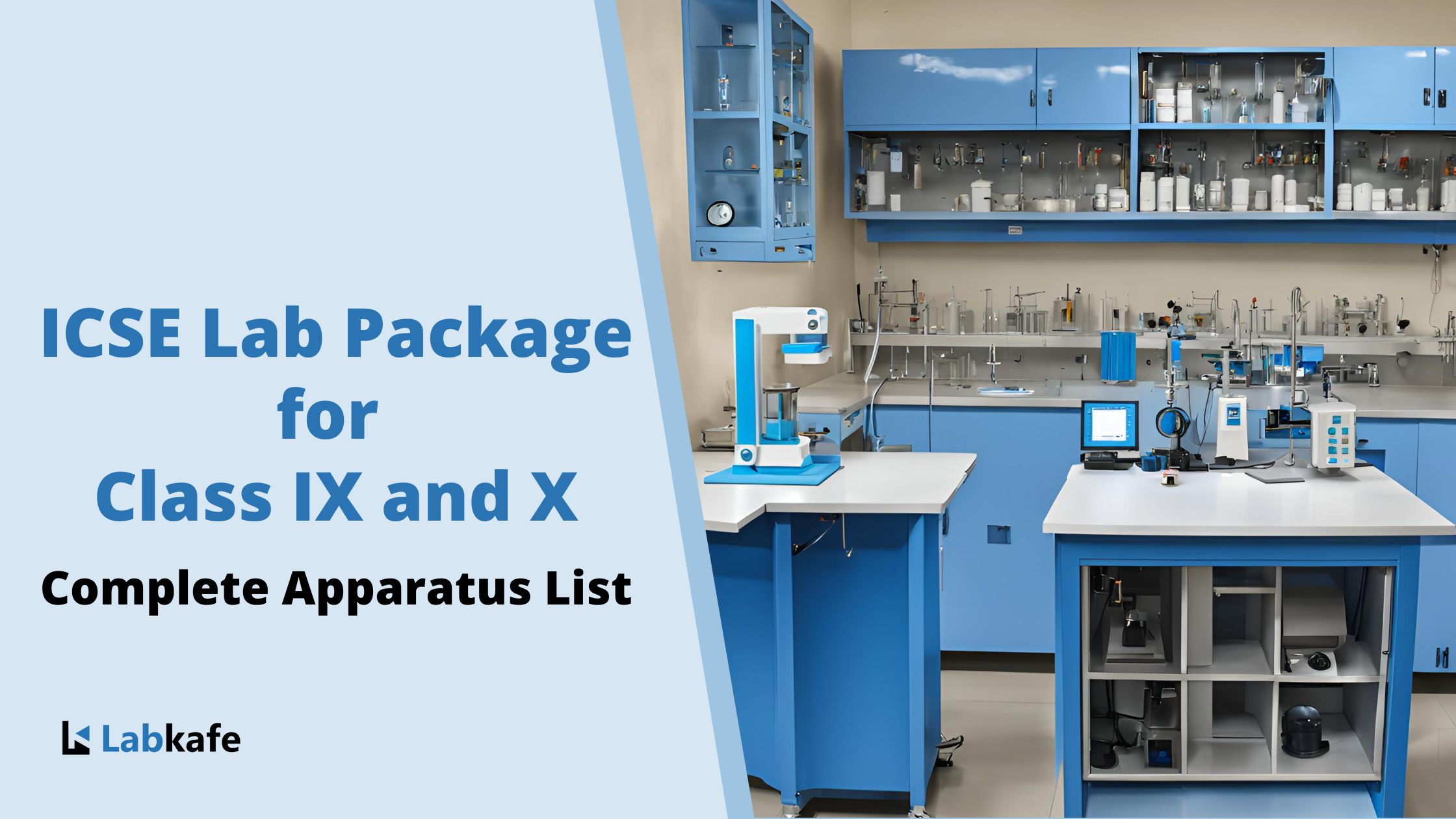
ICSE Lab Package for Class 9 and 10: Complete Apparatus List
Benefits of the ICSE Lab Package The ICSE Lab Package for Class 9 and 10 by Labkafe is tailored to ICSE school science labs for classes 9 and 10, that seek a one stop solution to all equipment needs, while ensuring a hassle free, hands-on approach. The entire equipment inventory is designed and manufactured with…
-

Geography Lab Package: Complete Apparatus List
Equipping a school with a well-rounded Geography Lab can be transformative for students. The Geography Lab Package by Labkafe is designed to provide everything required for students from classes 9 to 12. It enhances the teaching of physical geography, making abstract concepts tangible. With high-quality apparatus, models, and tools, this package is tailored to meet…
-
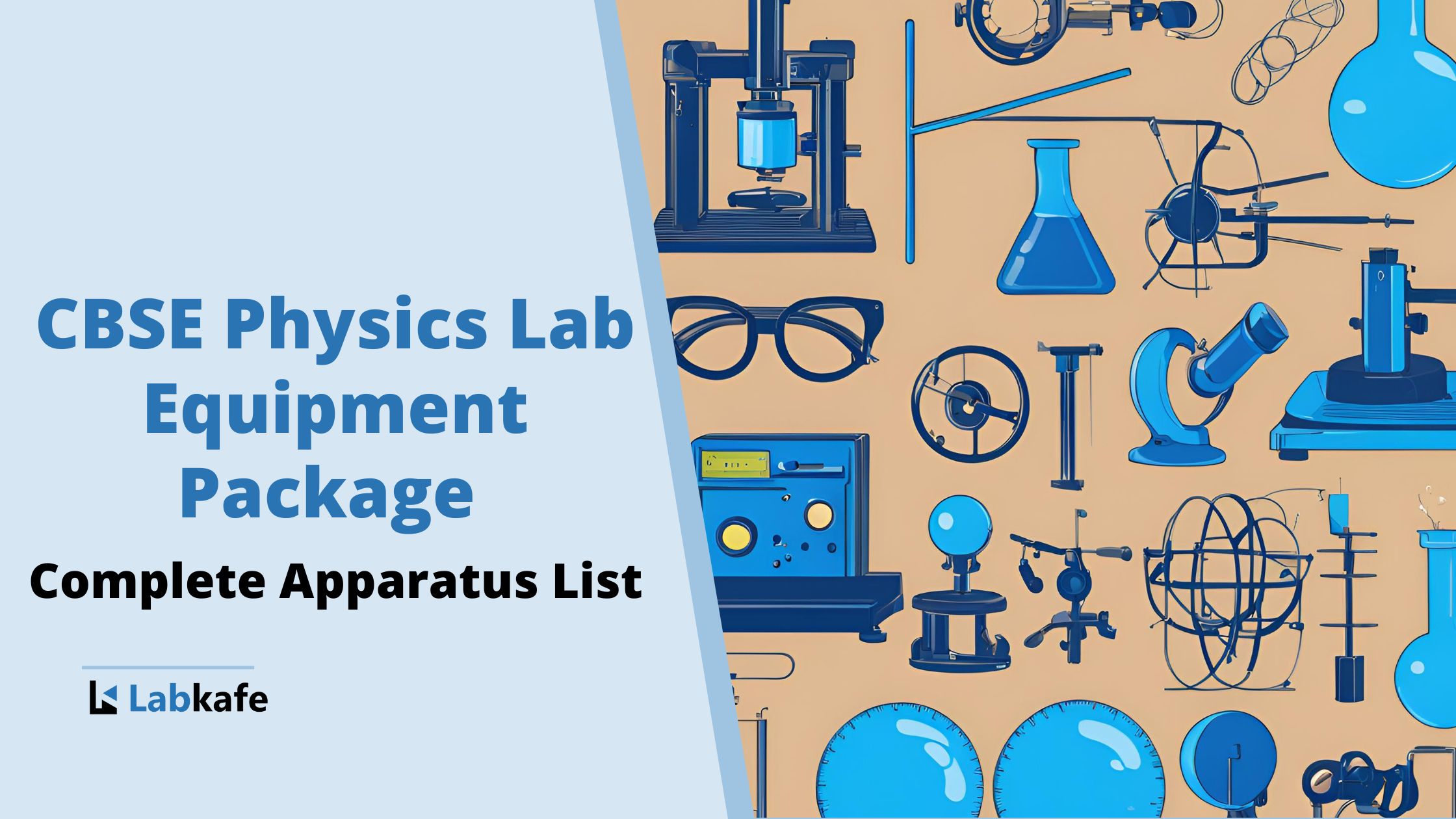
CBSE Physics Lab Equipment Package – Complete Apparatus List
Benefits of the CBSE Physics Lab Equipment Package The CBSE Physics Lab Equipment Package by Labkafe is tailored to CBSE school physics labs for classes 11 and 12, that seek a one stop solution to all equipment needs, while ensuring a hassle free, hands-on approach. The entire equipment inventory is designed and manufactured with highest…
-
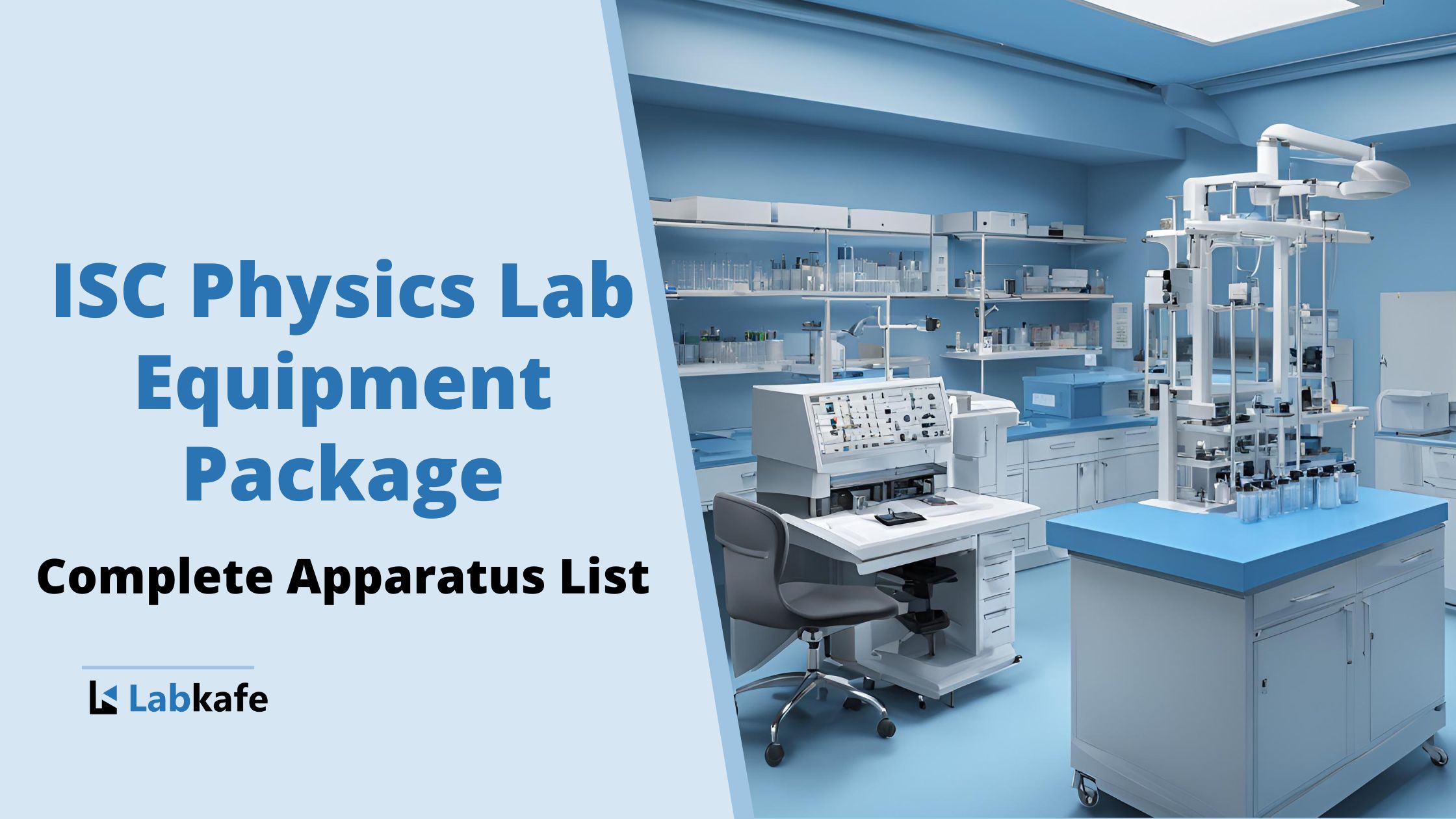
ISC Physics Lab Equipment Package- Complete Apparatus List
ISC Physics Lab Equipment Package is aligned to the ISC Physics practical exams that demand school labs to be equipped with durable and reliable lab equipment. This equipment must withstand daily use during practical classes and remain functional for board exams when students perform their final practical. To achieve this, only the best quality lab…
-
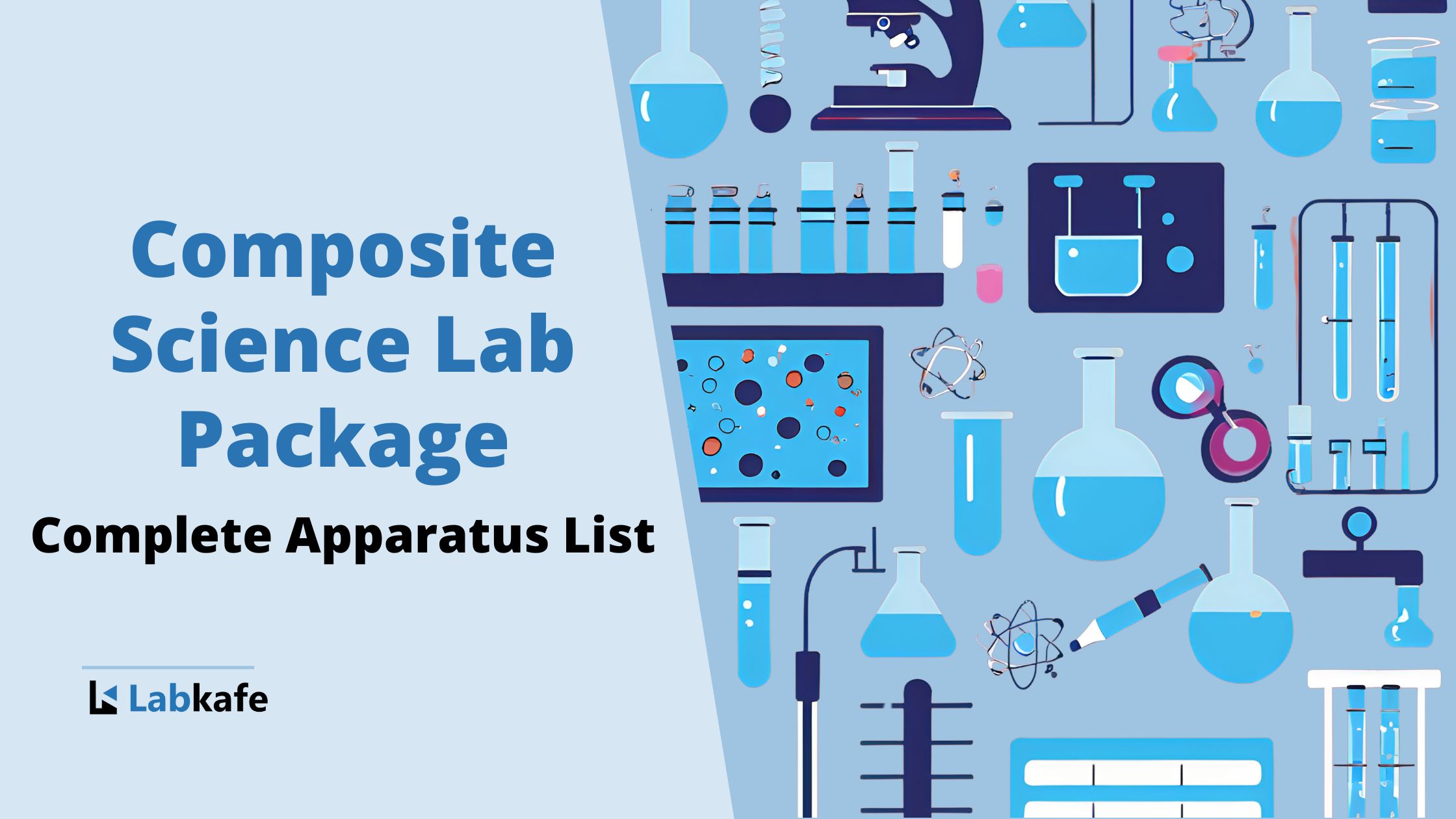
Composite Science Lab Package- Complete Apparatus List
The Labkafe composite science lab package allows you to seamlessly integrate all components into your composite science lab. The specifications of the Central Board of Secondary Education (CBSE) mandate the establishment of a composite science lab, with the following guidelines: The specifics of the composite science lab include: Model of the composite science lab by…
-

Atmospheric Refraction: Definition, Causes, and Effects
What is Atmospheric Refraction? Atmospheric refraction refers to the bending of light as it travels through the Earth’s atmosphere. This occurs because the atmosphere consists of layers with varying optical densities due to differences in temperature and pressure. Light bends toward the normal when moving from a rarer to a denser layer. As light travels…
-
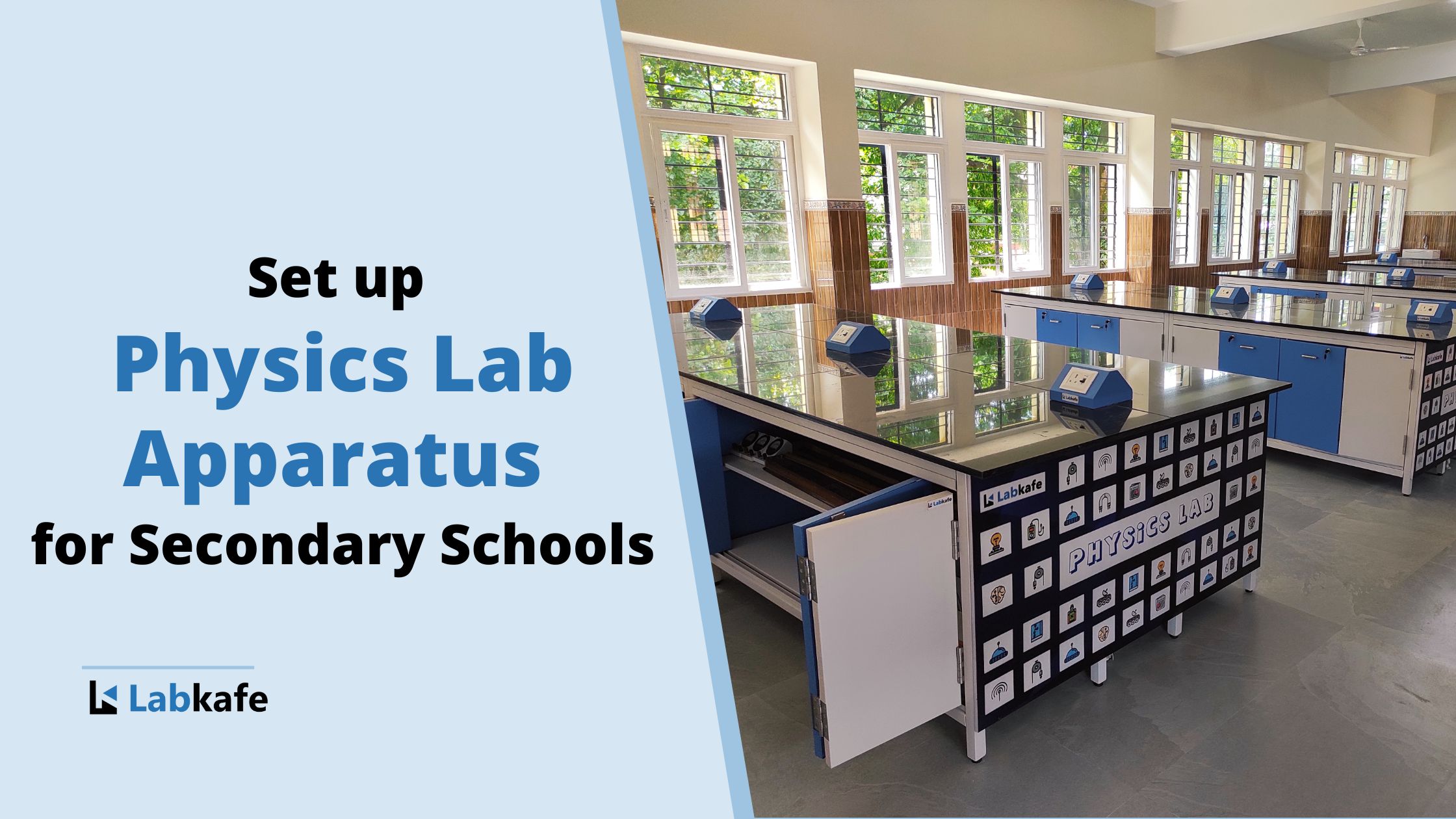
Set up Physics Lab Apparatus for Secondary Schools
Essential lab apparatus for a physics lab To set up physics lab apparatus for secondary schools, check the exhaustive list given below- Physics lab apparatus- Optics Lenses (Concave and Convex) with Optical Bench Lenses focus or disperse light rays, with concave lenses diverging light and convex lenses converging it. An optical bench helps measure focal…
-

Autophagy- Fasting as an Inducer
What is autophagy? Just like our homes produce garbage, our body’s cells generate waste too. Similar to how garbage bins help clear waste from our homes, our cells have their own waste disposal system called autophagy. In this process, damaged components of the cell are broken down and recycled into useful by-products for the cell…
-
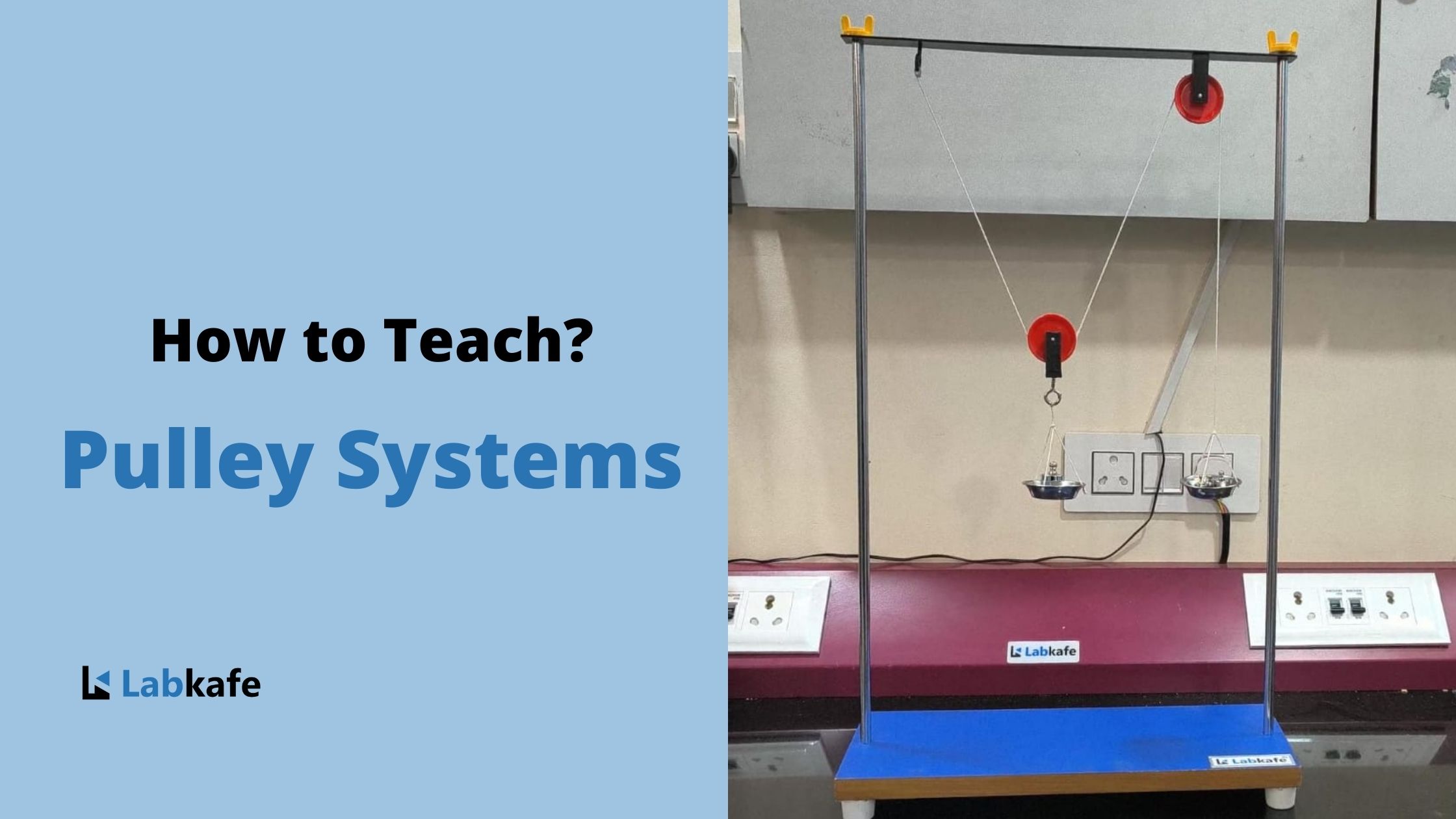
Pulley System for Load Distribution: Complete Explanation
What is a pulley? A pulley system uses an inextensible string. When one end of the string is pulled by 1 meter, the other end moves by the same distance. This demonstrates the concept of constrained motion or constrained length. Applying a force to one end of the string directly affects the motion at the…
-
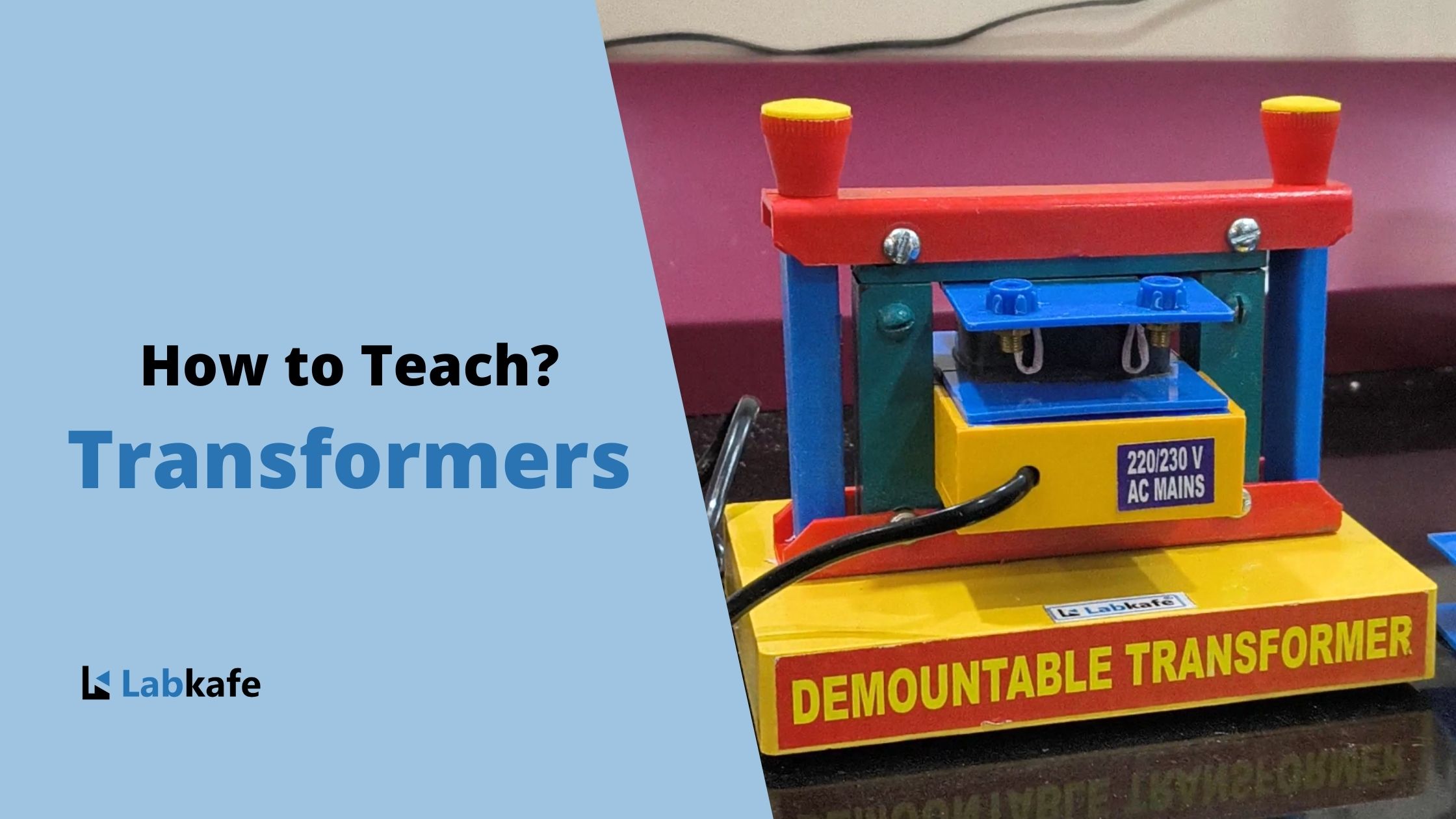
Transformer Works on the Principle of Faraday’s Law of Mutual Electromagnetic Induction
A transformer works on the principle of Faraday’s Law of Mutual Electromagnetic Induction. Faraday’s first Law states that when a conductor is placed in a varying magnetic field, an electromotive force is induced. Let us understand how this phenomenon helps us increase and decrease the voltage in circuits using a transformer. This law is at…
-
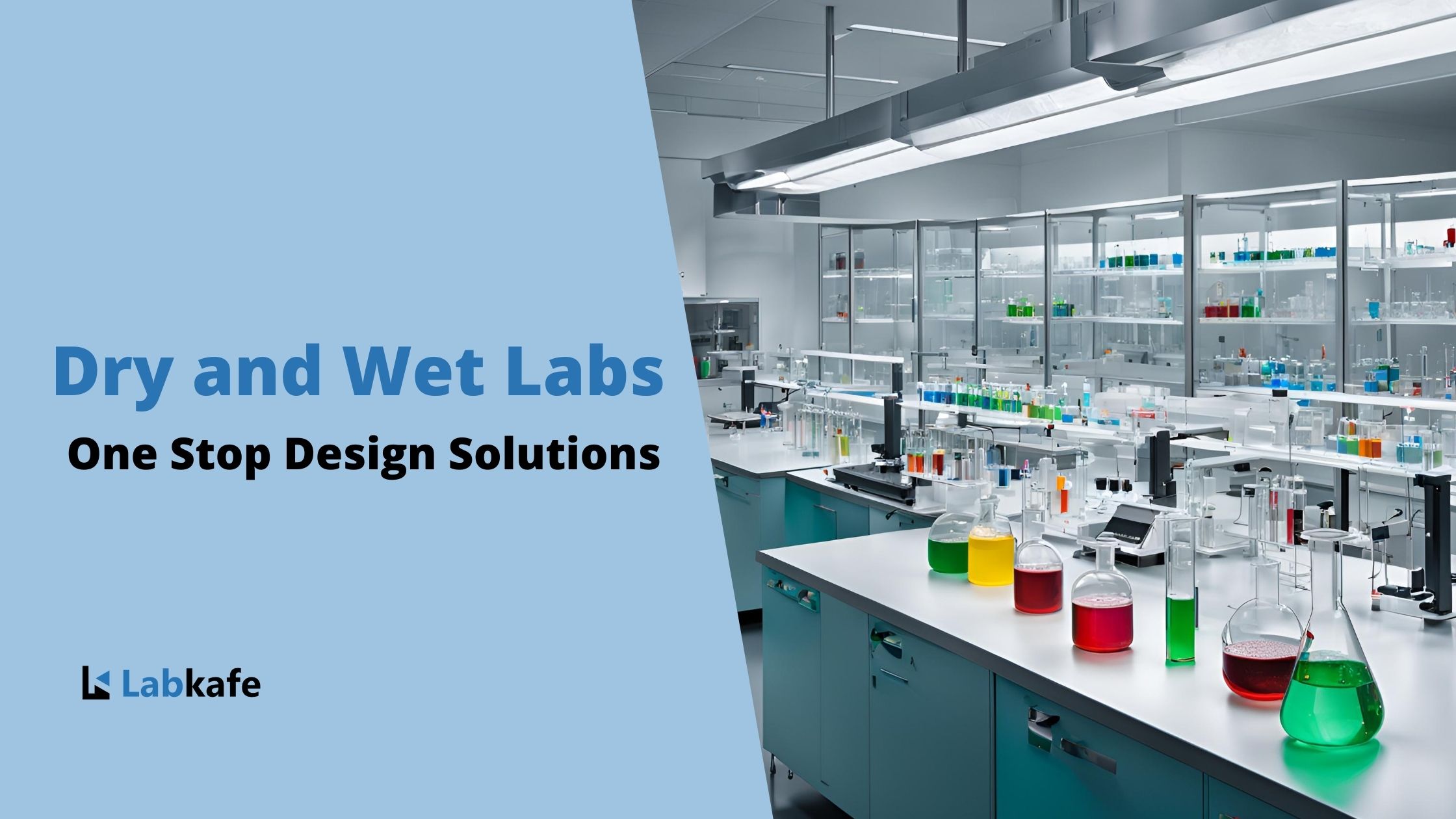
Wet Lab vs Dry Lab: Differences and Uses
Dry Lab vs Wet Lab: While conventional scholars and workers believe in the well-established ethos of wet lab practices, revolutionary, cutting-edge dry lab techniques promise to eliminate multiple tiresome steps on the wet lab bench, making research simpler and more effective while saving time, resources, and manpower. Dry lab practices originated from the need to…